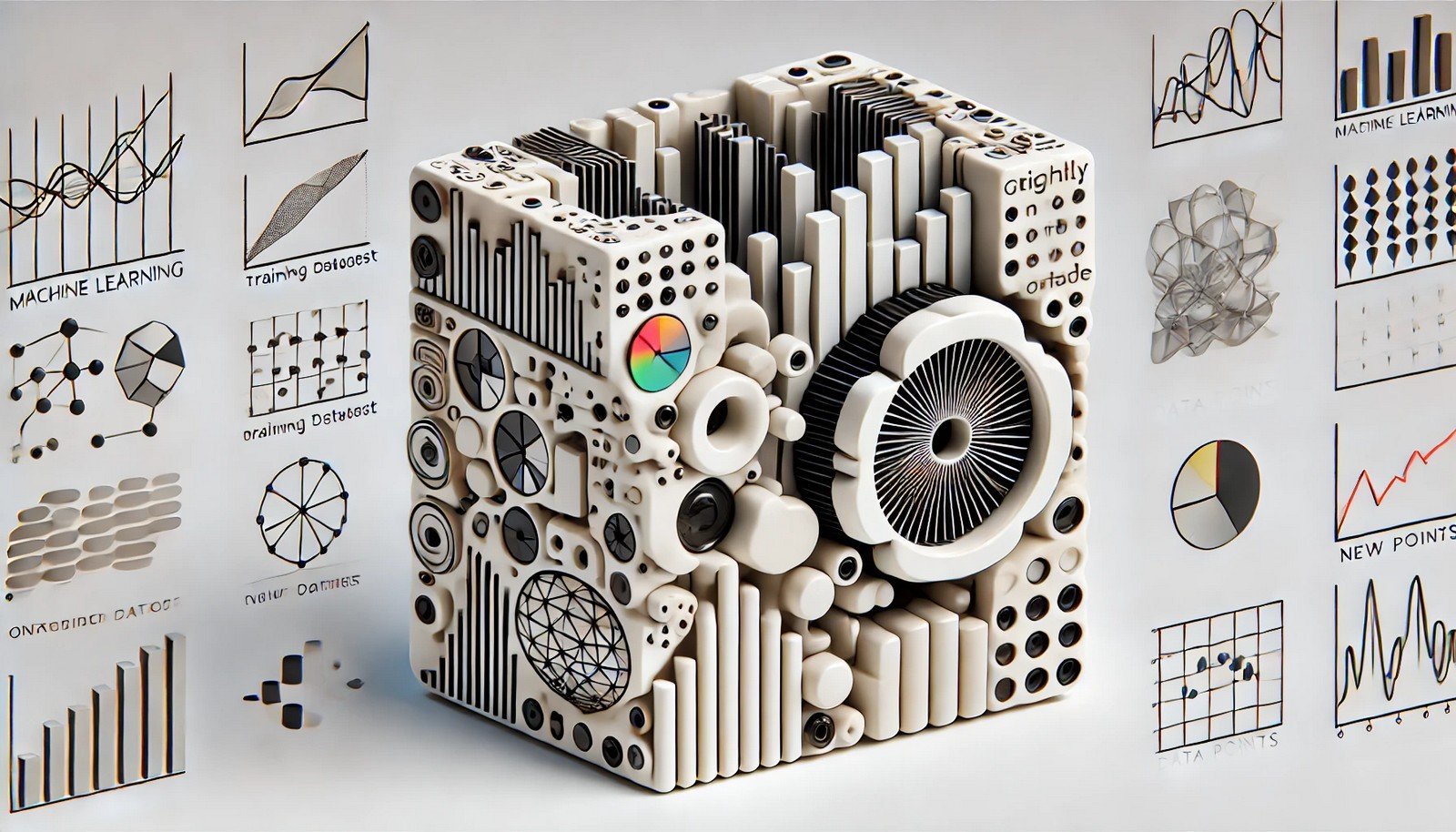Overfitting in Machine Learning

Quick Navigation:
- Overfitting Definition
- Overfitting Explained Easy
- Overfitting Origin
- Overfitting Etymology
- Overfitting Usage Trends
- Overfitting Usage
- Overfitting Examples in Context
- Overfitting FAQ
- Overfitting Related Words
Overfitting Definition
Overfitting in machine learning happens when a model is trained so precisely on its training dataset that it performs poorly on unseen data. This phenomenon arises when the model learns noise and random fluctuations in the training data as if they were meaningful patterns. Overfitting reduces the model's generalization ability, making it highly accurate on training data but unreliable with new data.
Overfitting Explained Easy
Imagine you’re studying for a math test by memorizing all the questions and answers from last year’s test. When the actual test has different questions, you struggle because you only learned the specific answers, not the concepts. Overfitting is similar—when a computer model "memorizes" data instead of learning from it, it gets the right answers on the practice data but fails on new questions.
Overfitting Origin
Overfitting as a concept became prominent with the advent of machine learning models that required balancing accuracy and generalization. The term emerged as researchers observed the effects of over-parameterized models in early machine learning experiments.
Overfitting Etymology
The term “overfitting” combines “over” (excessive) and “fitting,” referring to a model excessively conforming to training data.
Overfitting Usage Trends
Overfitting remains a significant challenge in machine learning as data complexity grows. Techniques like regularization, cross-validation, and pruning have been developed to address it, allowing models to generalize better. With the rise of deep learning, overfitting mitigation has become essential to creating reliable, scalable models across industries like finance, healthcare, and tech.
Overfitting Usage
- Formal/Technical Tagging:
- Data Science
- Machine Learning
- Predictive Analytics - Typical Collocations:
- "overfitting problem"
- "model overfitting"
- "prevent overfitting in machine learning"
- "overfitting mitigation techniques"
Overfitting Examples in Context
- A neural network trained on a limited dataset could show overfitting by achieving perfect accuracy on training data but failing on new images.
- Decision trees are prone to overfitting without pruning, making overly complex structures that do not generalize well.
- In predictive analytics, overfitting can lead to incorrect predictions if a model learns patterns specific to historical data but irrelevant to new data.
Overfitting FAQ
- What is overfitting in machine learning?
Overfitting is when a model is too closely aligned with training data, losing accuracy on new data. - How can overfitting be prevented?
Techniques like regularization, dropout, and cross-validation help reduce overfitting. - Why is overfitting a problem?
Overfitting limits a model's generalization, meaning it performs poorly on unseen data. - What is an example of overfitting?
A model predicting stock prices might overfit if it performs perfectly on past data but poorly on future data. - Is overfitting only a machine learning issue?
While common in ML, overfitting can occur in any predictive model that relies heavily on training data. - What are signs of overfitting?
High accuracy on training data but low accuracy on test data often indicates overfitting. - How does overfitting affect accuracy?
It leads to high accuracy on known data but lower accuracy on unfamiliar data. - Can deep learning models overfit?
Yes, deep models with many parameters can easily overfit if not managed properly. - What is the opposite of overfitting?
Underfitting, where a model is too simple and cannot capture data trends. - How does data size impact overfitting?
Small datasets increase overfitting risk, as models learn specific patterns instead of general trends.
Overfitting Related Words
- Categories/Topics:
- Machine Learning
- Artificial Intelligence
- Predictive Modeling
Did you know?
Overfitting was a critical issue in early neural networks. To combat this, researchers developed "dropout" in 2012, a method to randomly deactivate neurons during training, which significantly improved generalization in deep learning models.
PicDictionary.com is an online dictionary in pictures. If you have questions or suggestions, please reach out to us on WhatsApp or Twitter.Authors | Arjun Vishnu | @ArjunAndVishnu

I am Vishnu. I like AI, Linux, Single Board Computers, and Cloud Computing. I create the web & video content, and I also write for popular websites.
My younger brother, Arjun handles image & video editing. Together, we run a YouTube Channel that's focused on reviewing gadgets and explaining technology.



Comments powered by CComment